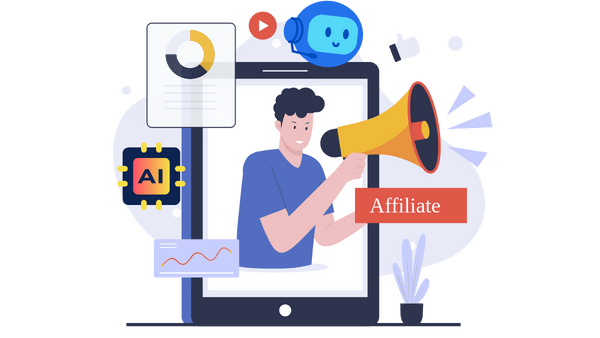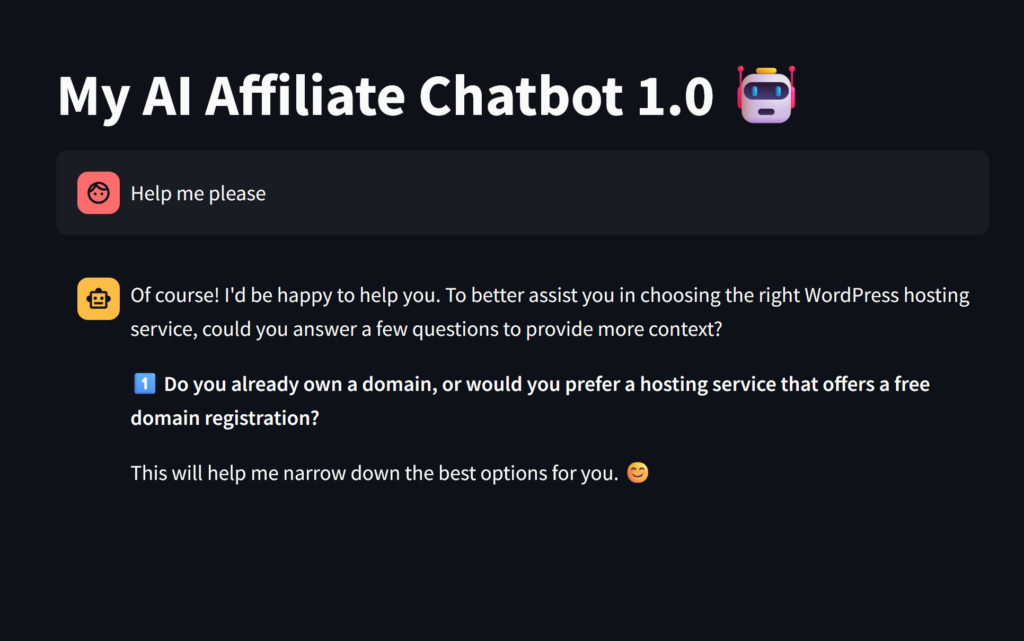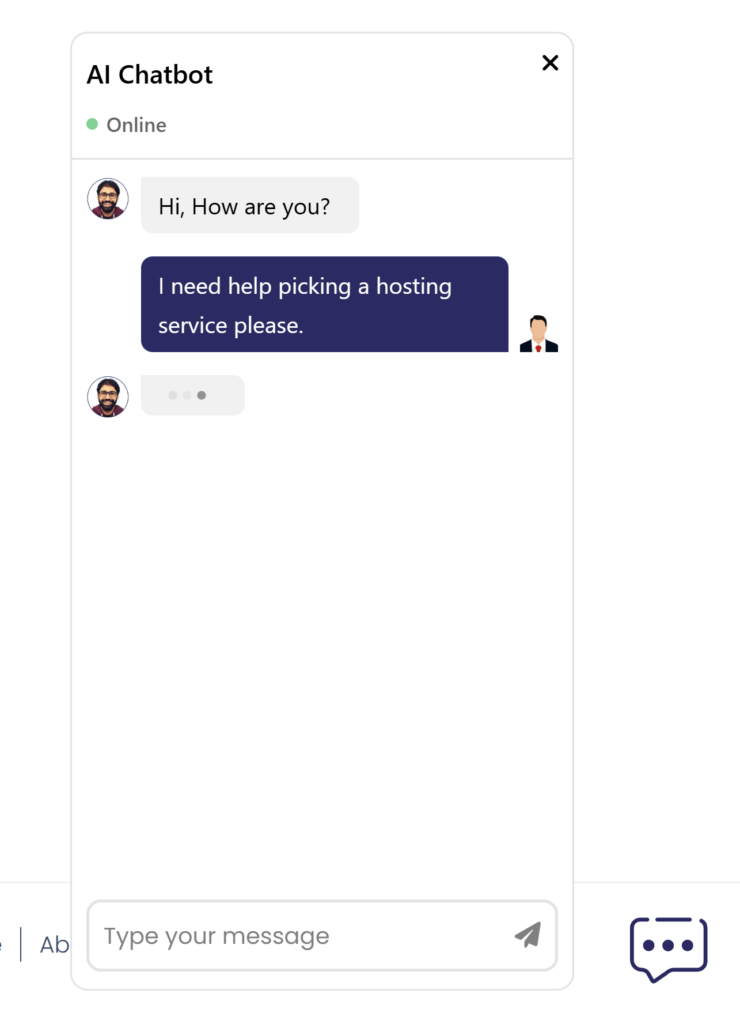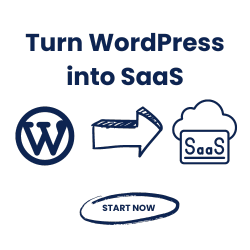Today, in the AI era, finding new ways to promote affiliate products with AI is crucial for staying ahead of the competition.
This guide will walk you through a new project idea I developed that leverages AI to create a powerful product recommendation system.
By the end of this post, you’ll have the knowledge, Files, and tools to build an AI-powered chatbot that can effectively promote affiliate products and boost your marketing efforts.
Key Benefits of Using AI for Product Promotion
- 24/7 availability for customer inquiries
- Personalized product recommendations based on user preferences
- Automated data collection and updates
- Scalability across multiple product niches
- Improved user experience through conversational interfaces

Let’s dive into the implementation steps to get your AI-powered affiliate marketing system up and running.
The Core Idea: AI-Powered Product Promotion
The project we’ll explore consists of two main components:
- A data collection system that gathers information about affiliate products from various websites.
- An AI recommendation chatbot that uses the collected data to suggest the best products to users, complete with your affiliate links.
Here is a Demo:
This new approach allows you to promote products with AI in a personalized and engaging manner, ultimately increasing your conversion rates and affiliate income.
Building Your AI Product Promotion System
Step 1: Data Collection
The first step in our project is to collect data about the products we want to promote.
For this example, we’ll focus on WordPress hosting services, but you can adapt the system to any product niche.
Here’s a simplified version of the Python script (collect_data.py) used for data collection:
from typing import List
urls = [
"https://www.hostinger.com/wordpress-hosting",
"https://world.siteground.com/wordpress-hosting.htm",
"https://www.bluehost.com/wordpress/wordpress-hosting",
"https://www.greengeeks.com/wordpress-hosting",
]
def scrape_wordpress_hosting(urls: List[str]) -> List[WordPressHostingService]:
all_services = []
for url in urls:
try:
content = get_url_content(url)
text_info = extract_hosting_info(content)
service_info = generate_hosting_json(text_info)
if isinstance(service_info, WordPressHostingService):
service_info.affiliate_link = generate_affiliate_link(url, service_info.unqiue_service_name)
all_services.append(service_info)
elif isinstance(service_info, (list, tuple)):
for service in service_info:
service.affiliate_link = generate_affiliate_link(url, service.unqiue_service_name)
all_services.append(service)
except Exception as e:
print(e)
pass
return all_servicesThis script scrapes the specified URLs, extracts relevant information about hosting services, and generates a JSON file containing the collected data.
The JSON File will look like this:
[
{
"unqiue_service_name": "Hostinger",
"starting_price": "$2.99/month",
"description": "Hostinger offers Managed WordPress Hosting with multiple plans to suit different needs, making it easier to launch a professional online presence.",
"features": "WordPress multisite support, 100 domain-based email addresses, WordPress themes, Over 100 subdomains",
"uptime_guarantee": null,
"security_features": null,
"backup_options": null,
"free_domain": "Yes, a free domain name registration is included in WordPress plans.",
"money_back_guarantee": "Yes, a 30-day money-back guarantee is provided.",
"details": "Free domain registration includes .com extension. You can create up to 100 domain-based email addresses at no extra cost.",
"affiliate_link": "https://affiliate.link/hostinger"
},
.....
]You can customize the URLs and data extraction process to fit your specific product niche.
⚠️ Important: Don’t forget to replace the affiliate links with your own!
Step 2: Building the AI Chatbot
With the data collected, we can now create an AI chatbot that uses this information to recommend products to users.
We’ll use Streamlit to create a simple prototype.
Here’s a snippet from the chat_bot.py script:
import streamlit as st
import json
from simplerllm import ChatGPT
# Load the JSON data
with open('hosting_services.json', 'r') as f:
json_string = f.read()
affiliate_system_prompt = f"""You are an expert in wordpress hosting services,
I will provide you with a [JSON_DATA_FILE] containing a list of services with their features and details.
Your task is to keep questioning the user based on the [JSON_DATA_FILE] till you know the best service to suggest for him.
IMPORTANT:
Make sure to ask multiple questions for better user experience.
Ask one question at a time.
Make sure Return the affiliate link with your suggestion.
[JSON_DATA_FILE]:
{json_string}
"""
# Initialize ChatGPT
chatgpt = ChatGPT(system_prompt=affiliate_system_prompt)
# Streamlit UI
st.title("WordPress Hosting Recommendation Chatbot")
# Chat interface
for message in st.session_state.messages:
with st.chat_message(message["role"]):
st.markdown(message["content"])
if prompt := st.chat_input("What's your question?"):
st.session_state.messages.append({"role": "user", "content": prompt})
with st.chat_message("user"):
st.markdown(prompt)
with st.chat_message("assistant"):
message_placeholder = st.empty()
full_response = chatgpt.chat(prompt)
message_placeholder.markdown(full_response)
st.session_state.messages.append({"role": "assistant", "content": full_response})The most important part here is the system prompt.
Of course it is not the perfect prompt! but works well for this prototype.
This script creates a chatbot interface using Streamlit and integrates with the OpenAI API to generate responses based on the collected data.
And I used my Library (SimplerLLM) to help me create these prototypes fast.
Step 3: Setting Up the Project
To get started with this project, follow these steps:
- Download the project files.
- Open the project in your preferred IDE (e.g., VS Code).
- Create a virtual environment and install the required packages:
pip install simplerllm streamlit - Run and test the data collection script:
python collect_data.py - Start the chatbot:
streamlit run chat_bot.py

Remember to customize the URLs, product data, and system prompt to fit your specific niche and requirements.
Publishing Your AI Chatbot on WordPress
To bring your AI product promotion system to life, you’ll need to integrate it into your website or as a standalone tool.
Let me show you an example on how to turn it into a Chatbot on any WordPress website.
Here’s how you can do it without using any plugins:
- Create a new page on your WordPress site for testing the chatbot.
- Add the chatbot UI code to the page. You can download the chatbot UI code here. (replace the URL of the API with your website in the JS code)
- Install the WP Snippets plugin to add custom PHP code to your WordPress site.
- Create a new snippet and add the chatbot backend code. You can download the chatbot backend code here.
- Make sure to add your OpenAI API key in the backend code for the chatbot to function properly.
- Update the JSON data in the chatbot system prompt within the backend code to reflect your product information.
Once you’ve completed these steps, your AI chatbot will be live on your WordPress site, ready to promote products and provide personalized recommendations to your visitors.
You will have a Chatbot that looks like this:

For a detailed step by step guide on how to add a Free AI chatbot to WordPress, check this guide.
Conclusion
By implementing this AI-powered product promotion system, you’ve taken a significant step towards modernizing your affiliate marketing strategy.
This new approach allows you to promote products with AI in a way that’s engaging, personalized, and highly effective.
Remember that this project is just the beginning. You can further enhance your system by:
- Expanding the data collection process to include more products and sources
- Refining the chatbot’s conversational abilities through prompt engineering
- Integrating advanced web scraping techniques for more comprehensive data gathering
- Automating affiliate link generation for a wider range of products
- Scaling the project to compare products from multiple websites and find the best deals for users
Frequently Asked Questions
Q: How does AI help in promoting products?
A: AI helps promote products by analyzing user preferences, providing personalized recommendations, and engaging customers through intelligent chatbots. This approach can significantly improve conversion rates and customer satisfaction.
Q: Is it difficult to implement an AI chatbot for product promotion?
A: While implementing an AI chatbot requires some technical knowledge, our step-by-step guide makes it accessible for beginners. With the provided code templates and instructions, you can create a functional AI product promotion system relatively easily.
Q: Can I use this AI system to promote products other than WordPress hosting services?
A: Absolutely! The system we’ve described can be adapted to promote any type of product. You’ll need to modify the data collection process and update the chatbot’s knowledge base to reflect your specific product niche.
Q: Do I need coding experience to create an AI product promotion system?
A: Some coding experience is helpful, particularly in Python and basic web development. However, our guide provides code templates and step-by-step instructions that make it possible for beginners to implement the system with some effort and learning.
Q: How can I improve the accuracy of my AI product recommendations?
A: To improve accuracy, focus on collecting high-quality, comprehensive data about your products. Regularly update your product information and refine the chatbot’s system prompt. Additionally, analyze user interactions to identify areas for improvement in the recommendation process.
If you face any problems, please don’t hesitate to join us on the forum, I will be more than happy to chat and help 🙂


